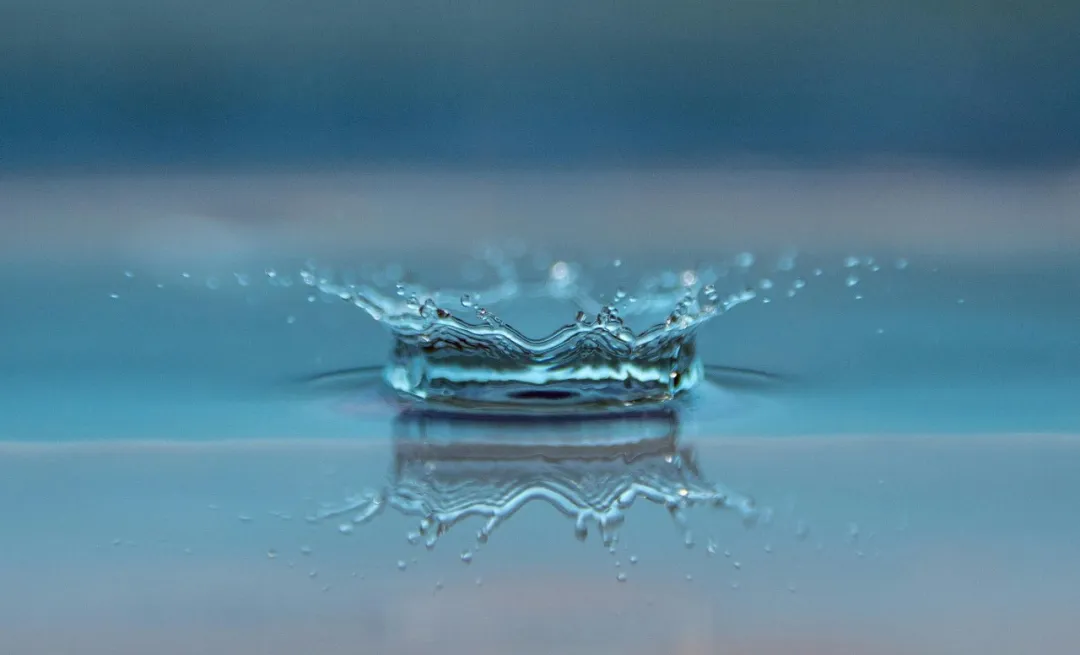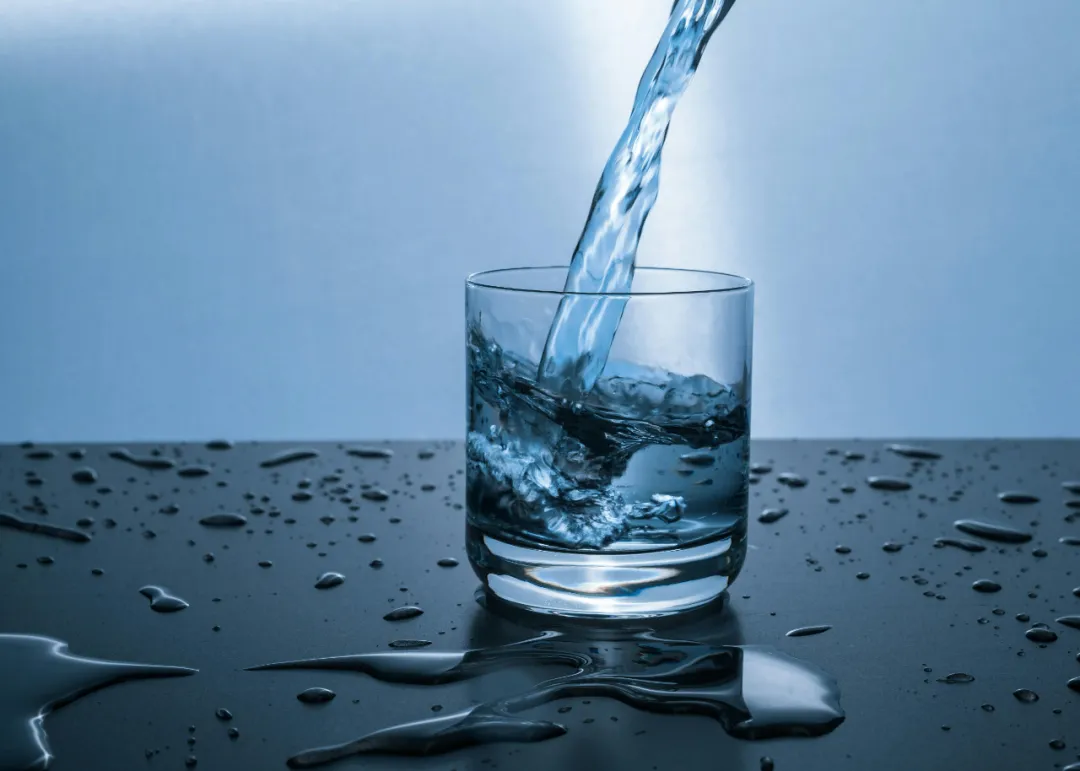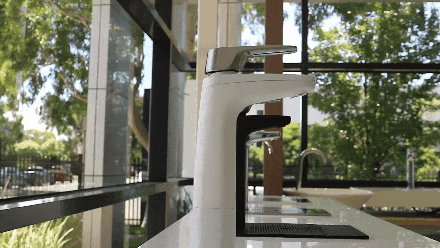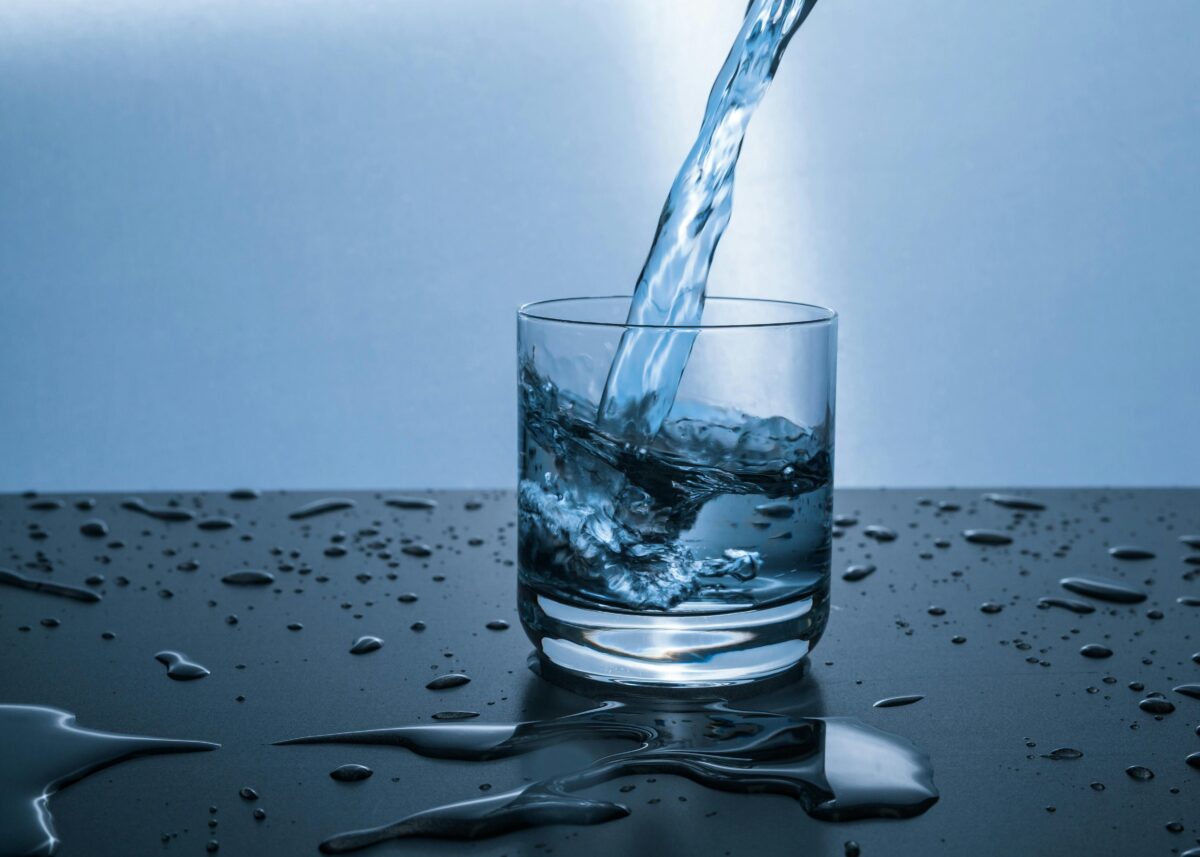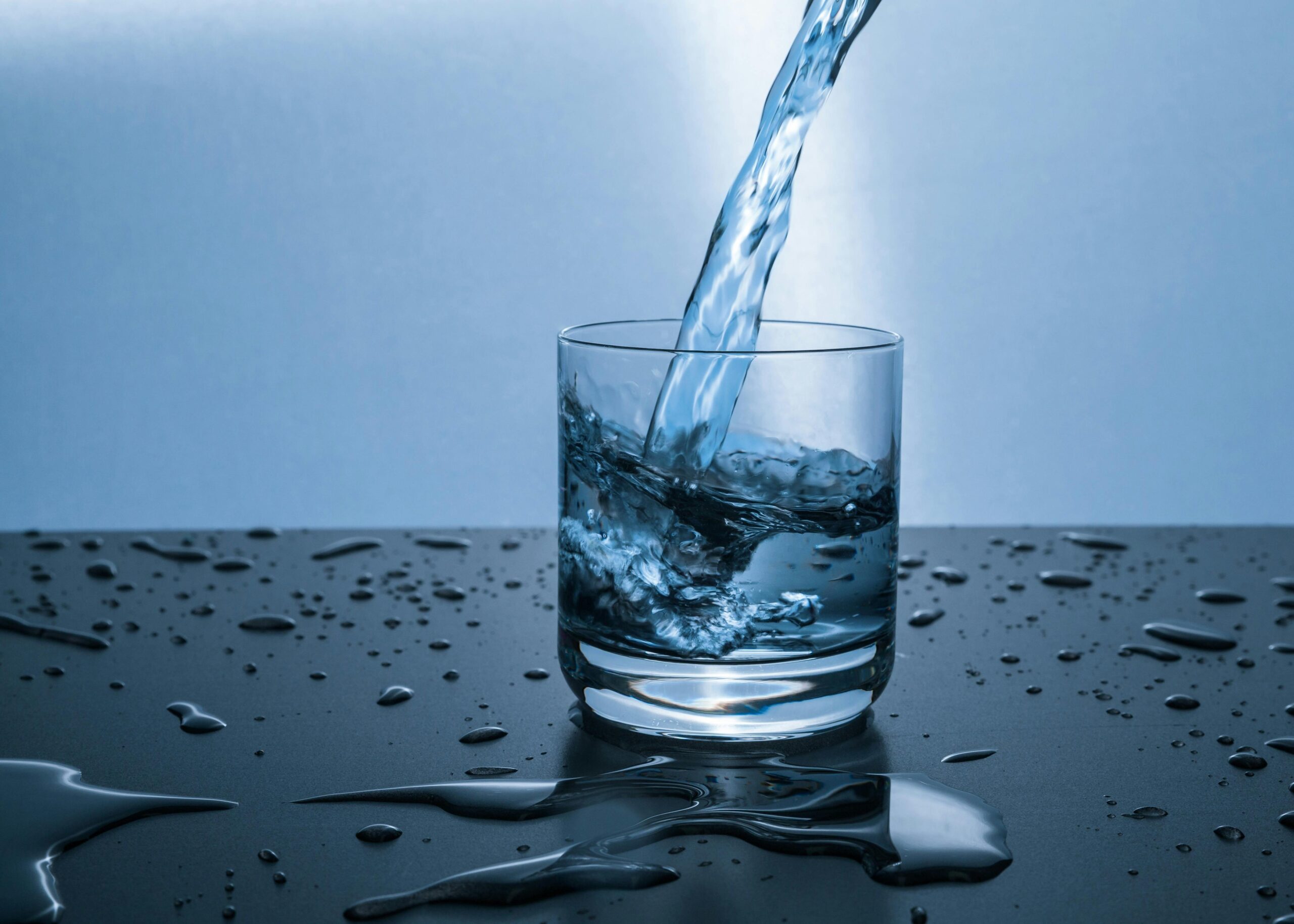

Water is essential to our daily lives, and clean drinking water is crucial for maintaining good health.
The World Health Organization (WHO) reports that around 80% of diseases globally are linked to unsafe drinking water and inadequate sanitation(World Health Organization (WHO)).
As living standards rise, more families and businesses are recognizing the importance of having access to safe, clean water.
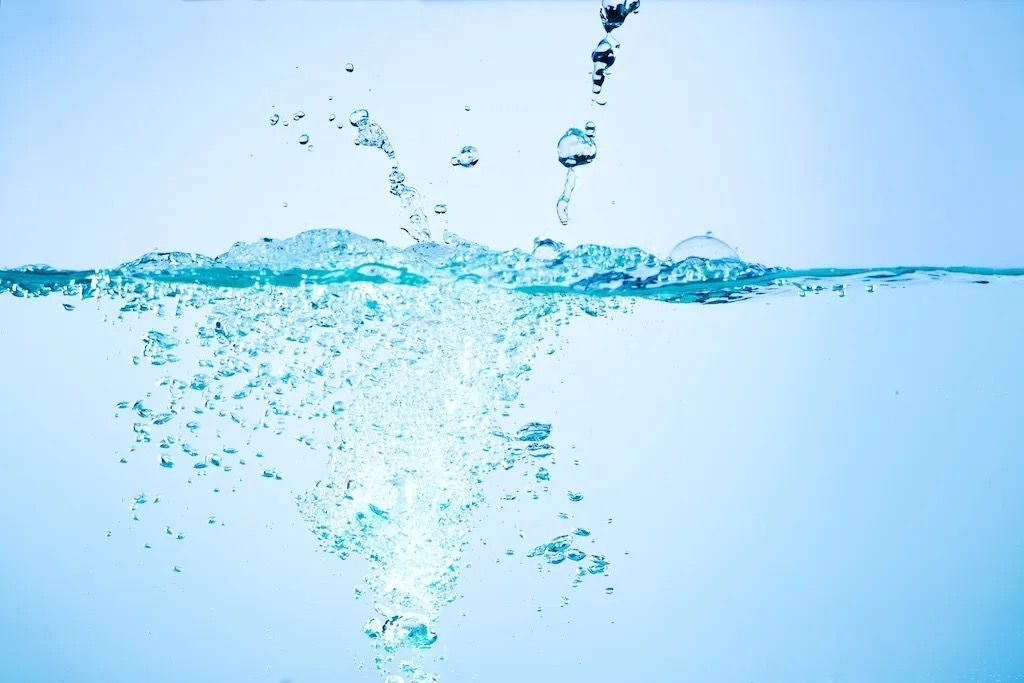
PART.01
Why Water Quality Matters
01 Importance of Water Quality for Families and Businesses
Water makes up about 60-70% of the human body, playing a critical role in regulating body temperature, aiding digestion, and supporting circulation. Adequate hydration helps the body eliminate waste and absorb nutrients.
Poor water quality, on the other hand, can lead to dehydration, increase the risk of kidney stones, and contribute to other long-term health issues.
With the rapid pace of industrialization, the threat of water pollution has become a pressing concern. Pollutants like industrial waste, agricultural chemicals, and untreated household sewage significantly degrade water quality.
Both families and businesses are becoming more aware of the need to address these water safety concerns.
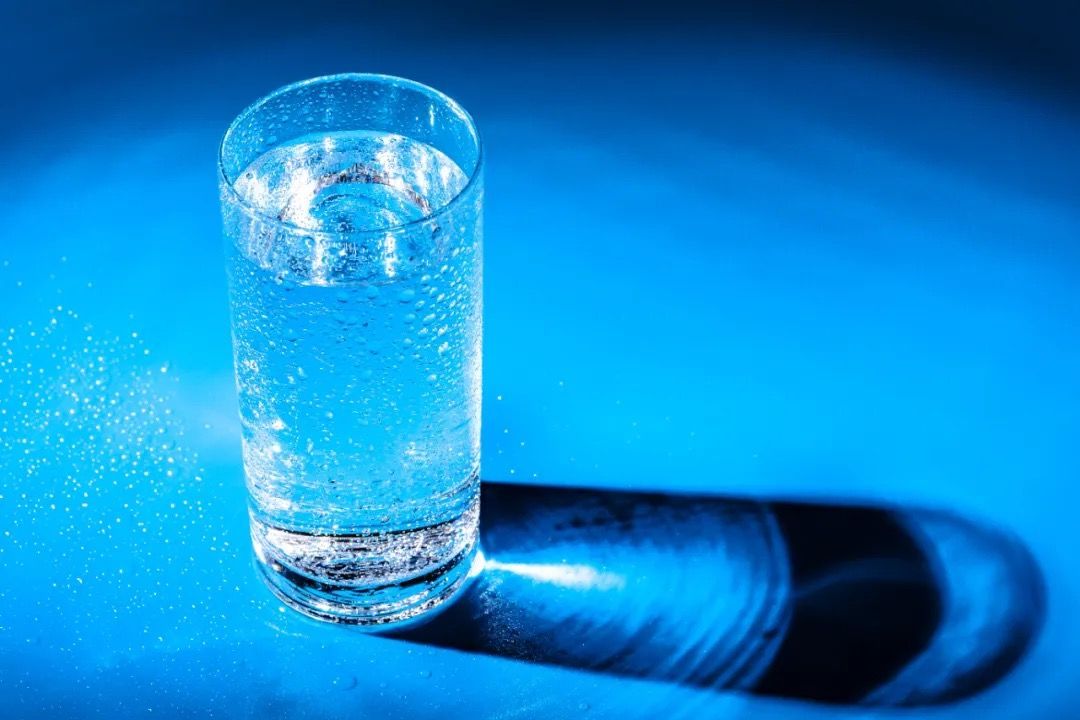
02 Common Water Pollution Issues and Solutions
Water pollution occurs when harmful substances such as chemicals, pathogens, or waste materials enter water sources. Some of the major causes of water pollution include:
- Industrial Waste: Factories discharge pollutants such as heavy metals into rivers and lakes.
- Agricultural Runoff: Fertilizers and pesticides washed into water bodies during rainstorms lead to contamination.
- Untreated Sewage: Pathogens and organic matter from household waste pollute waterways.
- Landfills: Harmful substances seep into groundwater from poorly managed waste sites.

To mitigate these problems, solutions must come from both government policies and individual actions:
- Improving Wastewater Treatment: Governments and companies need to invest in effective water treatment facilities to ensure all industrial and household wastewater is properly treated before discharge.
- Sustainable Agriculture: Reducing the use of chemical fertilizers and promoting organic farming can lower the impact of agricultural runoff.
- Waste Management: Better sorting and management of household waste can prevent contamination of water sources.
- Home Water Filtration: Households can install water purification systems like reverse osmosis (RO) units to ensure clean drinking water.
PART.02
Innovations in Water Purification Technology
01 Core Technologies in Modern Water Purifiers
Modern water purification systems utilize technologies such as ultrafiltration (UF) and reverse osmosis (RO). UF effectively removes bacteria, suspended solids, and other contaminants, while RO goes further, removing 99% of heavy metals, chemicals, and viruses.
Choosing between these systems depends on the specific contaminants in the water supply and individual user needs.

02 Choosing the Right Water Purification System
When selecting a water purification system, several key factors should be considered:
- The system should effectively remove harmful substances such as bacteria, heavy metals, and chemicals.
- It should retain beneficial minerals and trace elements to ensure water remains nutritious.
- Life Solutions’ filtration products are certified by the CCC and adhere to the CJ94-2005 industry standards for water purification in China, ensuring both health and safety for its customers.
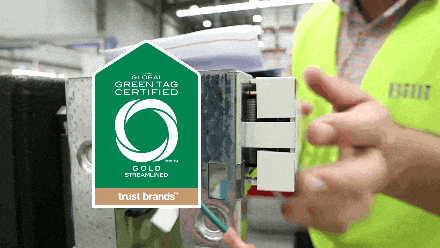
PART.03
Service and Maintenance
01 Our Commitment to After-Sales Service
Regular maintenance is essential to ensure the long-term performance of water filtration systems. Life Solutions is dedicated to delivering high-quality after-sales service with the following benefits:
- Comprehensive Warranty: Most basic parts are covered, providing users with peace of mind.
- Scheduled Maintenance: We offer three maintenance visits per year to ensure optimal performance of the system.
- Expert Technical Support: Our technicians provide professional service to clients across more than 20 cities in China, ensuring your system is always in top condition.
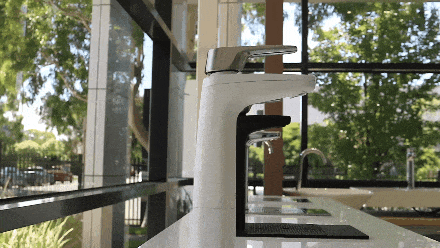
02 Ensuring Long-Term Stability and Safety
Life Solutions has years of experience in installing and maintaining clean water systems. Our service offerings include:
- Water Quality Testing: We provide free water quality tests to determine the necessity of additional purification systems.
- Custom Solutions: Our team designs personalized water filtration plans based on your unique needs.
- 24/7 Support: Our technical support team is available around the clock to address any issues with your water purification system.

Get Your Free Water Quality Test Now!
Water tests can identify contaminants and prevent water-borne diseases. Globally, millions of water quality tests are carried out daily to fulfill regulatory requirements, to check water quality levels, and to maintain safety.
We’re excited to offer you a free water test! Call us at +86 400-820-1213 or leave a message here to schedule yours today. (Available in Beijing, Shanghai, and Guangzhou)
Image source:giphy.com/envato.com




